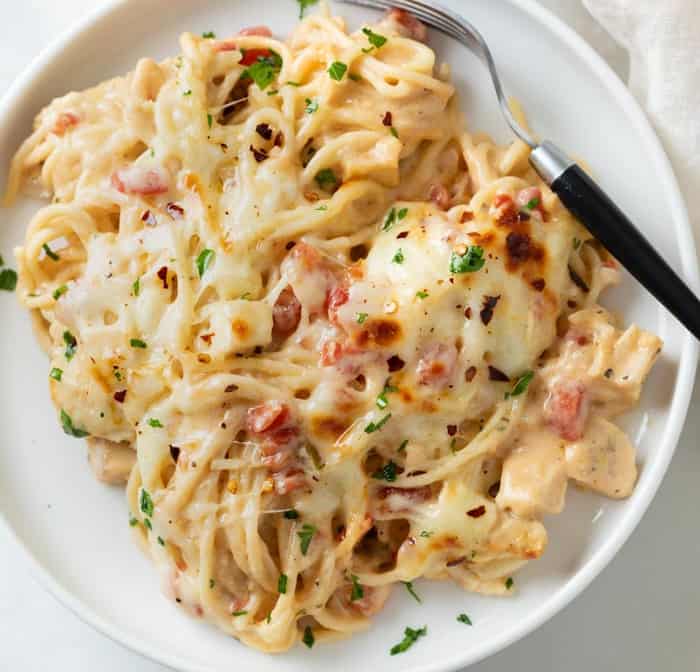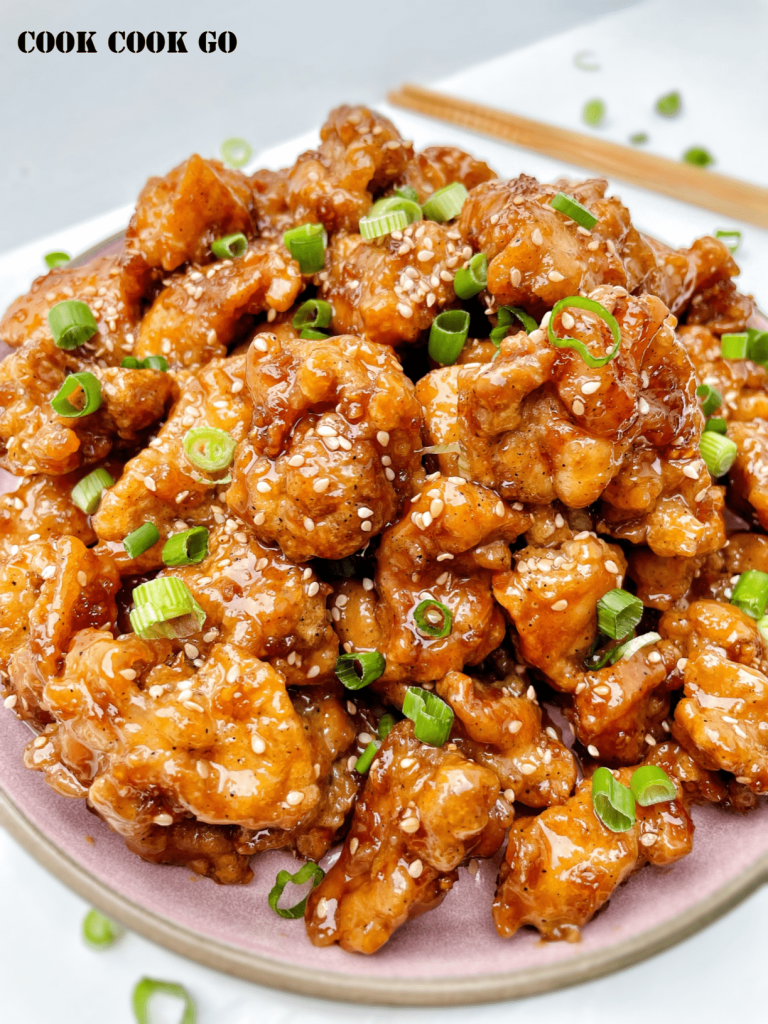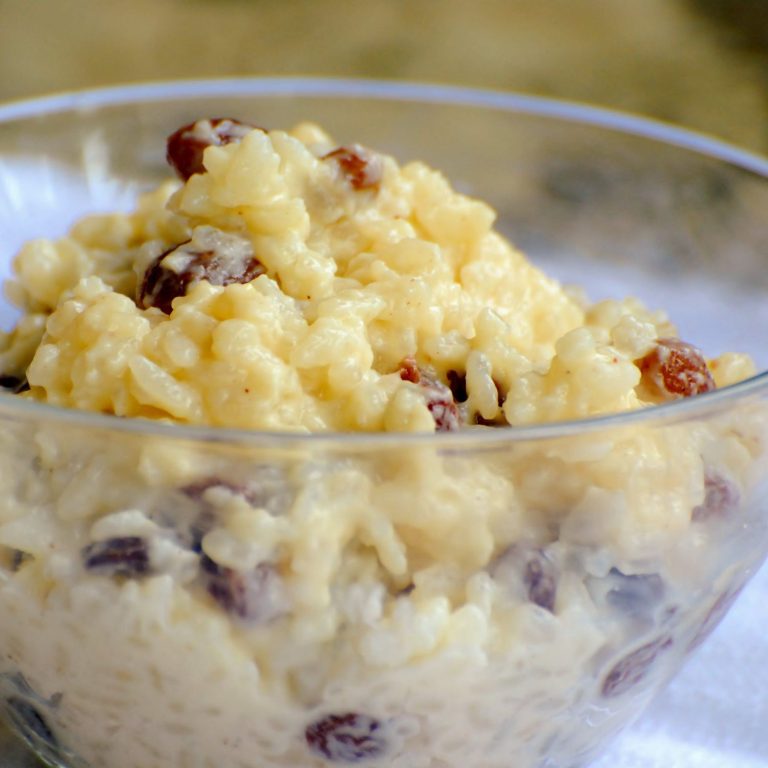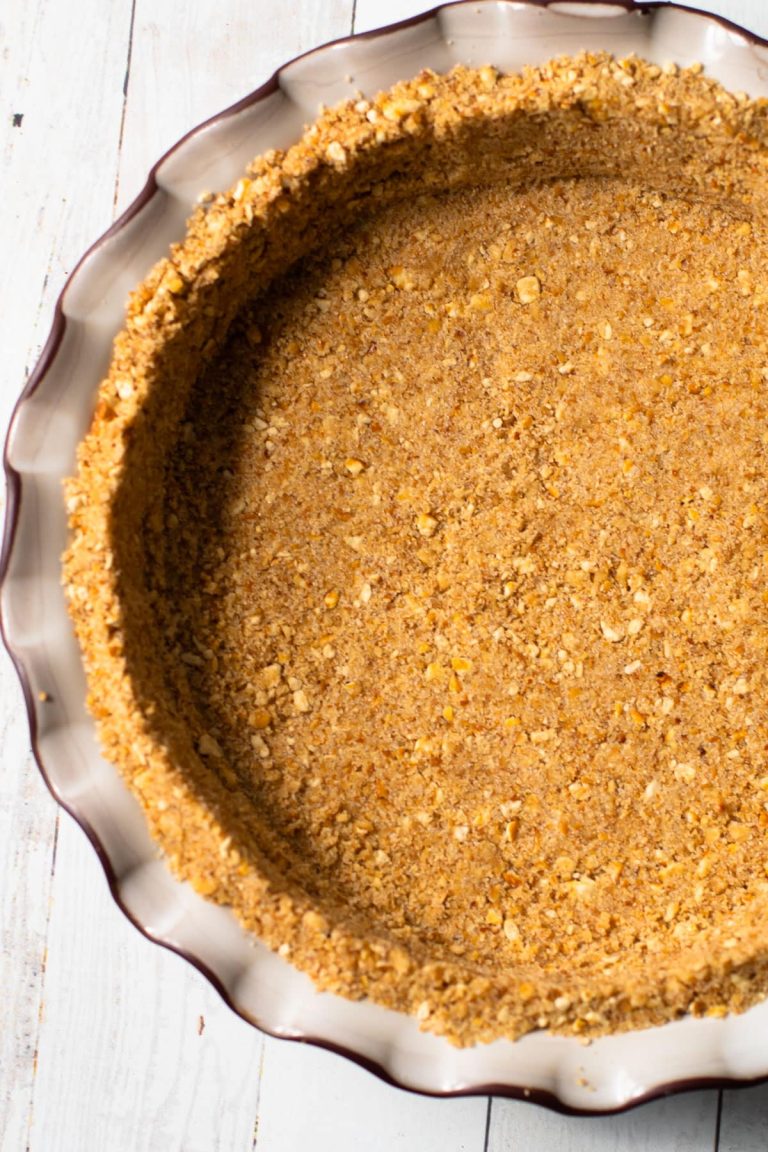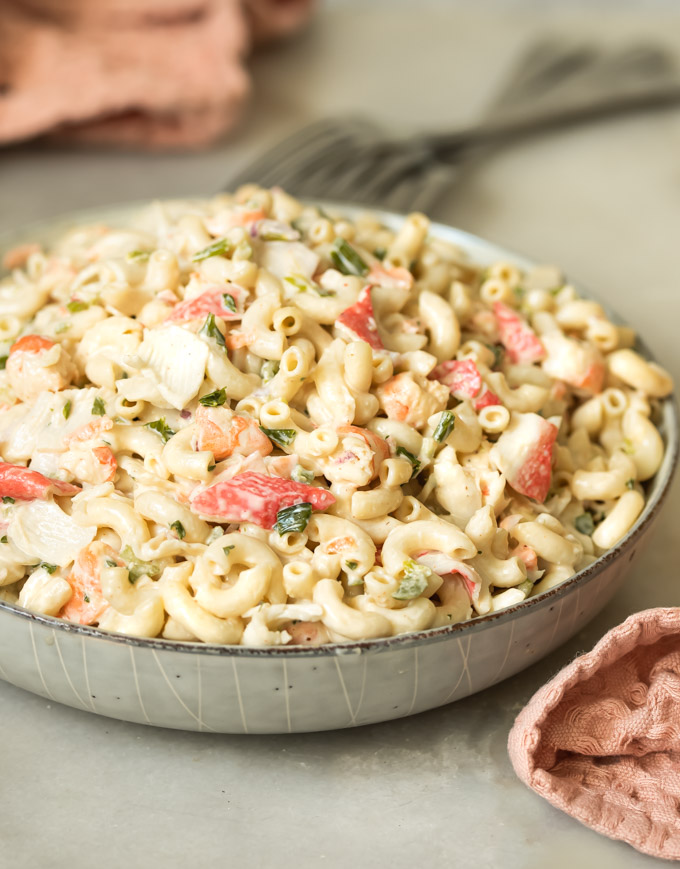Chicken Spaghetti: A Nutritional Twist on an American Classic
Chicken spaghetti has roots in American comfort food culture. It gained popularity in the southern United States where home cooks sought to combine simple, readily available ingredients into hearty meals. The dish harmoniously blends European pasta traditions with American simplicity, reflecting a unique culinary fusion. In many households, chicken spaghetti often appears at family gatherings and potlucks, symbolizing warmth and togetherness.
Current Trends and Variations
Modern twists on chicken spaghetti include healthy alternatives and gourmet versions. Some prefer whole grain pasta to boost fiber intake, while others substitute zucchini noodles for a low-carb option. Slow cooker recipes have surged in popularity, simplifying meal prep for busy schedules. Additionally, gourmet variations feature ingredients like sun-dried tomatoes, spinach, and artisanal cheeses, adding sophistication and depth to the classic dish.
Essential Ingredients for Chicken Spaghetti
Choosing the Right Chicken
Boneless, skinless chicken breasts offer the best option for chicken spaghetti. They cook quickly and shred easily. Chicken thighs provide a richer flavor if you prefer dark meat. Always opt for fresh, high-quality poultry to ensure optimal taste and texture.
Best Types of Spaghetti
Regular durum wheat spaghetti aligns perfectly with the dish’s traditional profile. Whole grain spaghetti adds fiber and nutrients for a healthier twist. For low-carb versions, use zucchini noodles or spaghetti squash. Each type brings a unique consistency and nutritional benefit.
Must-Have Spices and Herbs
Garlic and onion powder are essential for foundational flavor. Basil, oregano, and thyme deliver classic Italian notes. Paprika adds a hint of smokiness, while crushed red pepper flakes provide subtle heat. Fresh parsley or cilantro can garnish, enhancing the overall freshness of your dish.
Step-by-Step Guide to Cooking Chicken Spaghetti
Preparing Your Ingredients
Gather all your ingredients to streamline the cooking process. Use boneless, skinless chicken breasts or thighs, as they’re versatile and easy to cook. Slice chicken into bite-sized pieces to ensure even cooking. Choose whole grain or zucchini noodles for a healthier twist. Dice onions and bell peppers; mince garlic; and chop fresh basil, parsley, and other herbs. Measure out 1 cup of chicken broth and 1 cup of grated cheese (cheddar or mozzarella).
Cooking Techniques
Heat a tablespoon of olive oil in a large skillet over medium heat. Add chicken pieces and cook until browned on all sides and no longer pink inside, about 5-7 minutes. Remove chicken and set aside. Add onions and bell peppers to the skillet; cook until softened, about 4 minutes. Stir in garlic and cook for another minute. Deglaze the skillet with chicken broth, scraping brown bits from the bottom, then return the chicken to the pan. Add spices and herbs, then simmer for 10 minutes.
In a separate pot, cook the pasta according to package instructions. Once done, drain and set aside. Combine cooked pasta with the chicken mixture in the skillet. Stir in grated cheese until melted and well-blended. For a creamier dish, add a cup of heavy cream or a can of diced tomatoes.
Presentation Tips
Serve chicken spaghetti in shallow bowls to keep the warmth and showcase the ingredients’ colors. Garnish with additional chopped herbs, a sprinkle of Parmesan cheese, or a drizzle of olive oil for an extra touch of flavor. Pair the dish with a side salad or garlic bread to complete the meal. Use white or light-colored plates to make the vibrant components stand out.
This guide ensures a seamless, flavorful cooking experience from prep to presentation.
Comparing Chicken Spaghetti Recipes
Traditional vs. Modern Recipes
Traditional chicken spaghetti recipes often feature simple ingredients like boiled chicken, canned tomatoes, bell peppers, and cheddar cheese. This classic version prioritizes comfort and nostalgia, offering predictable and heartwarming flavors. The cooking process typically involves boiling spaghetti, sautéing vegetables, and mixing everything into a casserole before baking.
Modern chicken spaghetti recipes, on the other hand, incorporate a variety of contemporary elements. These might include whole grain or gluten-free spaghetti, organic chicken, fresh tomatoes, and a mix of artisanal cheeses like Gouda or mozzarella. Frequently, modern versions use sautéing or slow cooker methods to enhance flavor depth and simplify preparation. These recipes also tend to highlight health-conscious choices, integrating vegetables like spinach or zucchini and using reduced-fat cheeses.
Regional Variations
Southern chicken spaghetti recipes often bring richness and indulgence, featuring heavy cream, cream of mushroom soup, and a mix of bell peppers and pimentos. In this version, the focus is on creating a creamy, savory experience that speaks to the soul.
Midwestern chicken spaghetti recipes might incorporate local ingredients such as sweet corn and use cheddar cheese predominantly, emphasizing practicality and heartiness. These recipes often favor one-pot or casserole methods for convenience.
In the Southwest, regional variations of chicken spaghetti usually feature a spicier kick. Ingredients like jalapeños, cilantro, and green chilies are common, delivering a distinct zest and a nod to Tex-Mex cuisine. There’s often an emphasis on using fresh, locally sourced produce to enhance the dish’s overall appeal.
By comparing these diverse approaches, you discover how chicken spaghetti not only adapts to modern dietary trends but also reflects the culinary personality of different American regions.
Health Benefits and Nutritional Value
Caloric Content and Health Considerations
Chicken spaghetti provides a balanced mix of proteins, carbohydrates, and fats. A standard serving (1 cup) of chicken spaghetti typically contains around 300-400 calories. The caloric content depends on the type of cheese and pasta used. Traditional versions with cheddar cheese and refined pasta tend to be higher in calories due to their fat and carbohydrate content. On the other hand, versions made with whole grain pasta and reduced-fat cheese offer fewer calories.
Chicken, as the primary protein source, contributes essential amino acids that support muscle growth and repair. It also provides important nutrients like vitamin B6, niacin, and selenium. Though cheese adds flavor and calcium, it can also raise the dish’s saturated fat and sodium content. Moderation and ingredient choices play crucial roles in managing the caloric impact and overall healthfulness of chicken spaghetti.
Incorporating Healthier Alternatives
You can enhance chicken spaghetti’s nutritional value by incorporating healthier alternatives. Swap refined pasta for whole grain or legume-based pasta to increase fiber and protein content. Whole grain pasta generally contains 2-3 times more fiber than its refined counterpart, aiding in digestion and promoting a feeling of fullness.
Opt for lean cuts of chicken, such as chicken breast, which are lower in fat compared to dark meat. Using skinless chicken also reduces fat content. For cheese, choose options like part-skim mozzarella or reduced-fat cheddar to decrease saturated fat and calories.
Incorporate plenty of vegetables like bell peppers, spinach, and tomatoes to boost the dish’s vitamin, mineral, and antioxidant content. Vegetables not only enhance nutritional value but also add flavor and texture, making chicken spaghetti more enjoyable and healthier.
In sum, by making mindful ingredient choices, you can enjoy chicken spaghetti while benefiting from its rich nutritional profile.
Conclusion
Chicken spaghetti remains a beloved dish in American cuisine, adaptable to various tastes and dietary needs. By choosing healthier ingredients like whole grain pasta and lean chicken, you can enjoy this classic meal without compromising on nutrition. Adding vegetables not only boosts the dish’s vitamin and mineral content but also enhances its flavor and texture. With a few mindful adjustments, chicken spaghetti can be both a comforting and nutritious option for your family meals.
